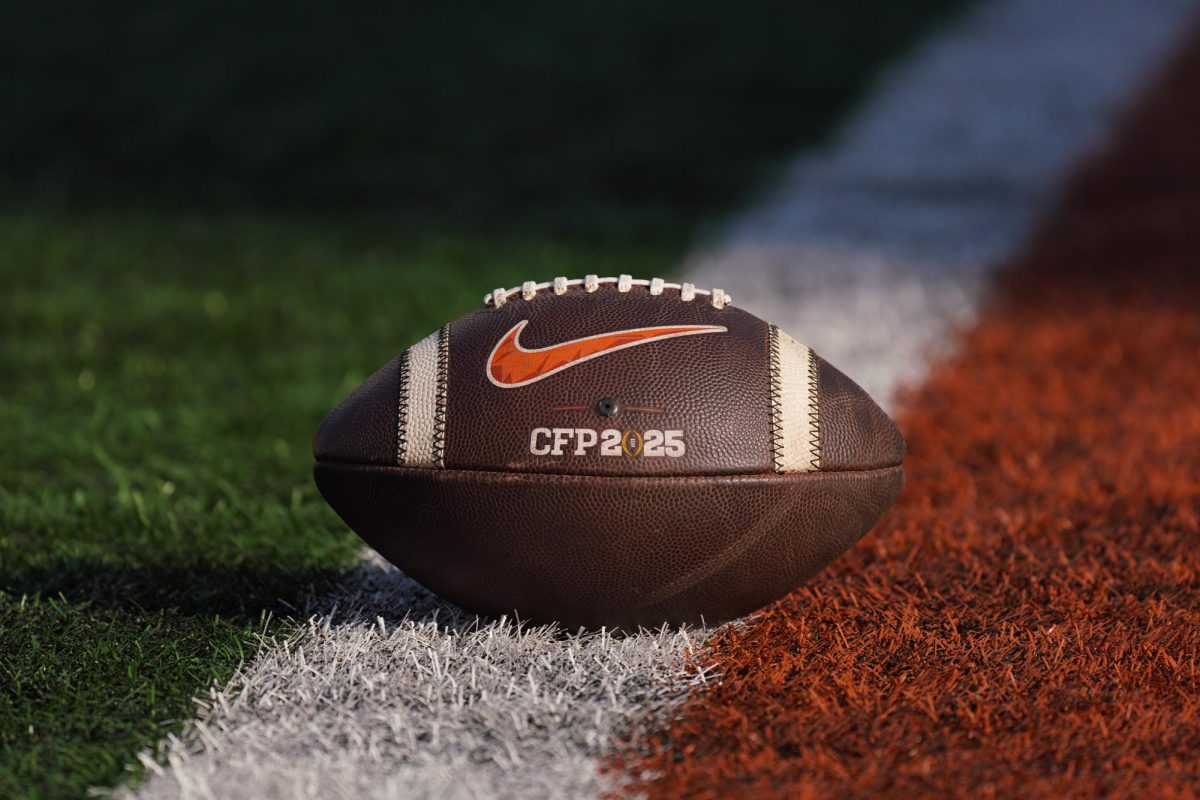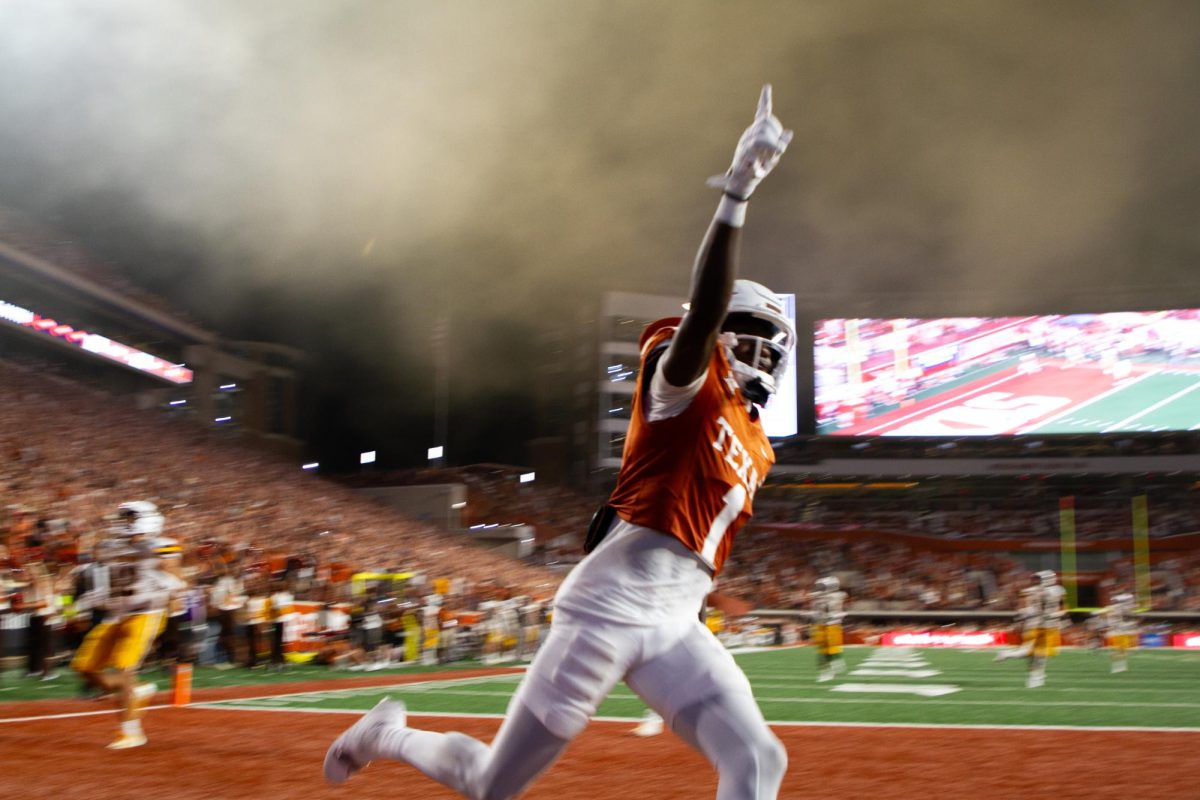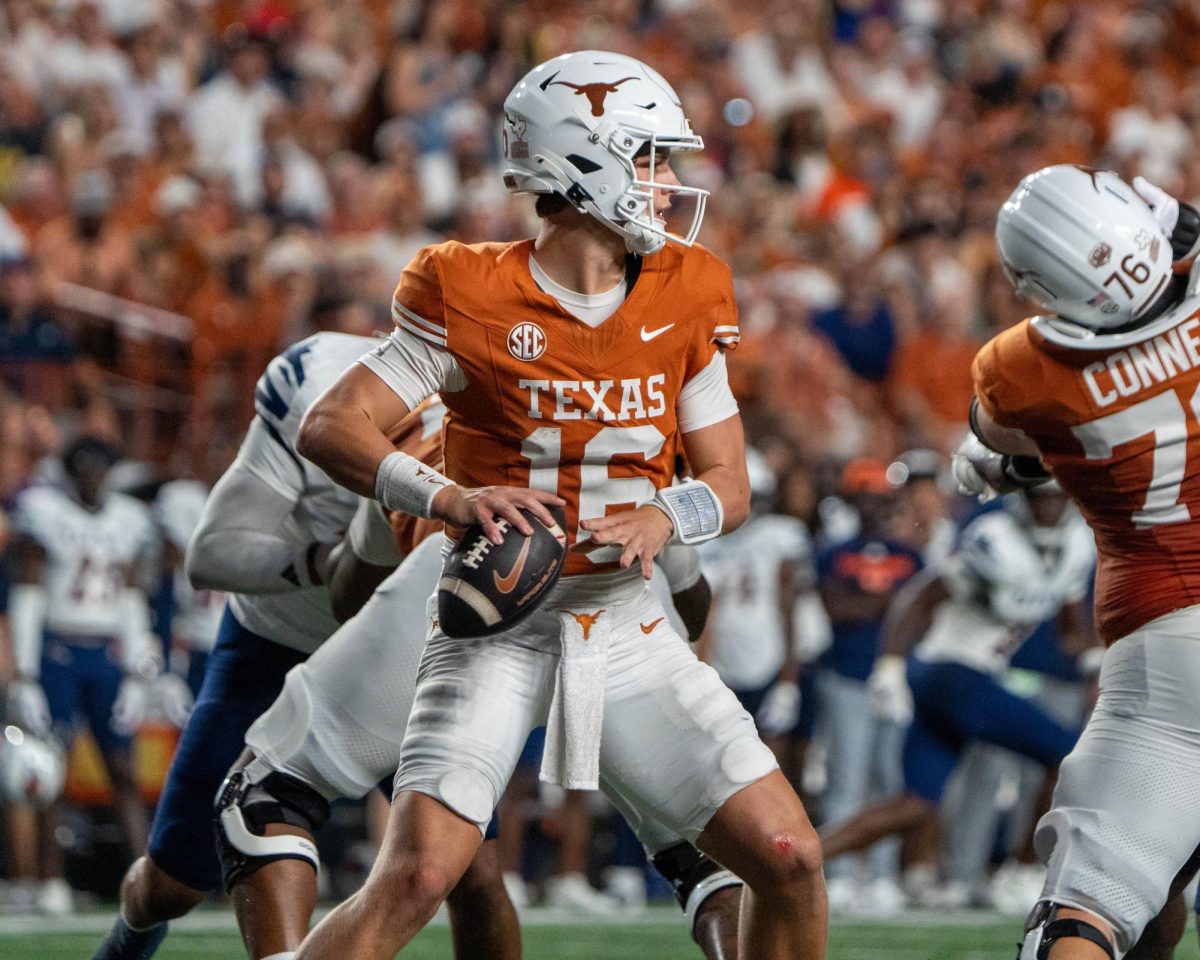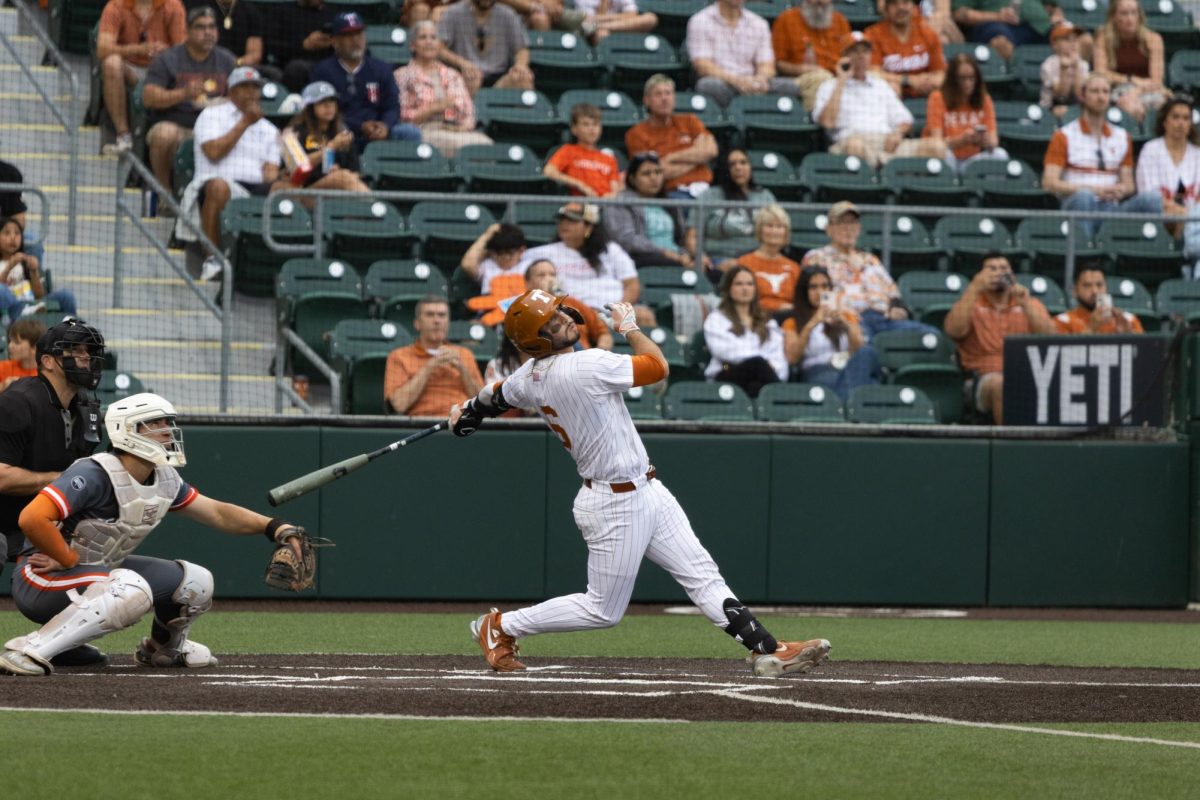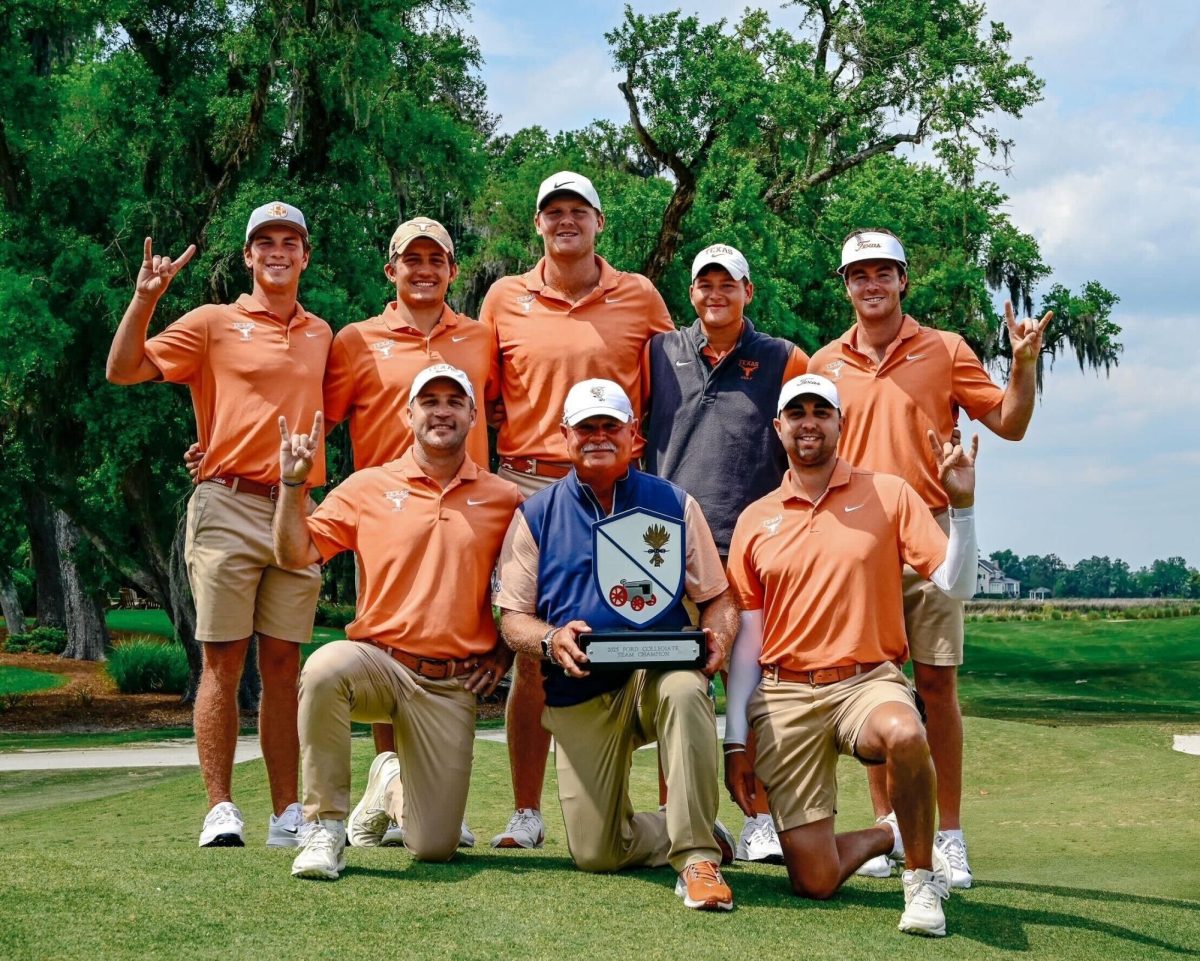At the beginning of this year’s fall camp, tight ends coach Bruce Chambers called for the “27 Naked Ohio” play and then waited to see what Blaine Irby would do.
“He just kind of bounced out of the huddle like he always does,” Chambers said. “He then ran the play and caught the ball and came out.”
It was a mental test.
On Sept. 20, 2008, Irby caught a pass on the same called play in a game against Rice. As a Rice defender came in to tackle him at shin level, Irby’s foot was caught beneath the defender and the forward momentum of his torso caused his knee to wrench backward.
His injury was diagnosed as a severe knee dislocation with nerve injury — a traumatic and limb threatening injury. Most of the ligaments and tendons in his knee were shot. In addition, he suffered nerve damage that caused loss of feeling in his leg. Irby was given a less than 2 percent chance of walking normally again.
And as the 2011 season begins, it’s ironic that Irby — who can now walk and run and play football — will play the first game back on his road to recovery against a team that, three years ago, nearly ended his career.
In 2008 and 2009, he underwent three major surgeries to reconstruct his knee. Since the injury, the athletic trainers at Texas have put in hundreds of hours with the hopes that the former all-state tight end from California would be able to walk again.
“There was probably about two weeks where I really thought that I was not going to be able to play again,” Irby said.
In December of 2009, Irby experienced a breakthrough. During a position meeting, he felt a twitch in his right foot.
After that, Irby put in more time with trainers and in the weight room to build up his strength. During the next year, more feeling came back to his leg, and he became able to walk without a brace. He steadily gained back his full capacity.
“If you call having a less than 5 percent chance of being able to walk normally and two years later returning to the field a miracle, then I would say it is a miracle,” said Kenny Boyd, head of football athletic training.
Right before the fall 2010 season, Irby approached head coach Mack Brown about playing that year. Even though Irby had been cleared by physicians, Brown wanted him to wait and make sure he was ready and evaluate if he wanted to risk injury again.
Irby reluctantly listened to Brown but agreed after seeing teammate Trey Graham go through a similar injury.
Finally, in the spring of 2009, the coaches agreed that he was ready to get back on the field. Irby continued to work with trainers all spring and summer so that he could be ready to take hits during fall practice.
All of his coaches and trainers commented that Irby was stubbornly committed to returning to the field. Assistant athletic director for strength and conditioning Jeff Madden commented that they had to pull Irby off the weight machines so that he could rest his leg.
“It’s one of those deals where I wouldn’t come back if I wasn’t 100 percent ready,” Irby said.
Although he was back, others were nervous for him. Senior Blake Gideon remarked that the defense was reluctant to tackle him during practice.
“It was like the Red Sea would part when Irby got the ball,” Gideon said. “No one wanted to hurt him.”
But Irby also mentioned that if he could go up against Alex Okafor and Jackson Jeffcoat in practice, then he could probably face anyone.
Irby has three years of eligibility left with the Longhorns. However, the thing that he is looking forward to the most is getting to put his pads back on, wearing his burnt orange uniform and running onto the field as part of the team.
Which is something they said he might never get to do again.
Printed on August 25, 2011 as: Against all odds: Irby's miracle recovery



